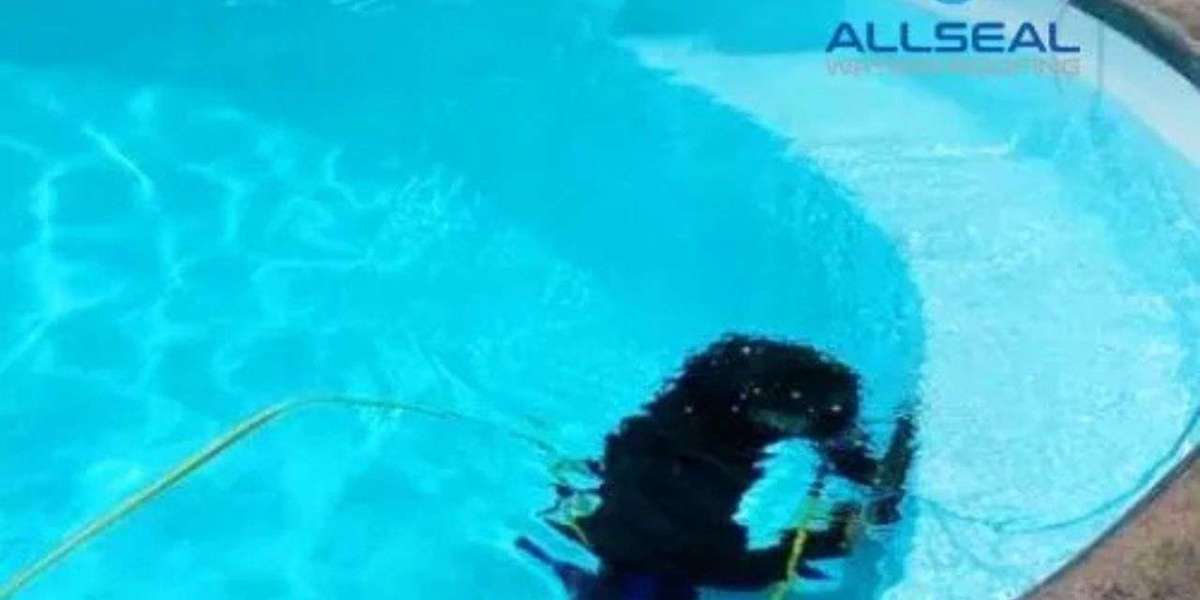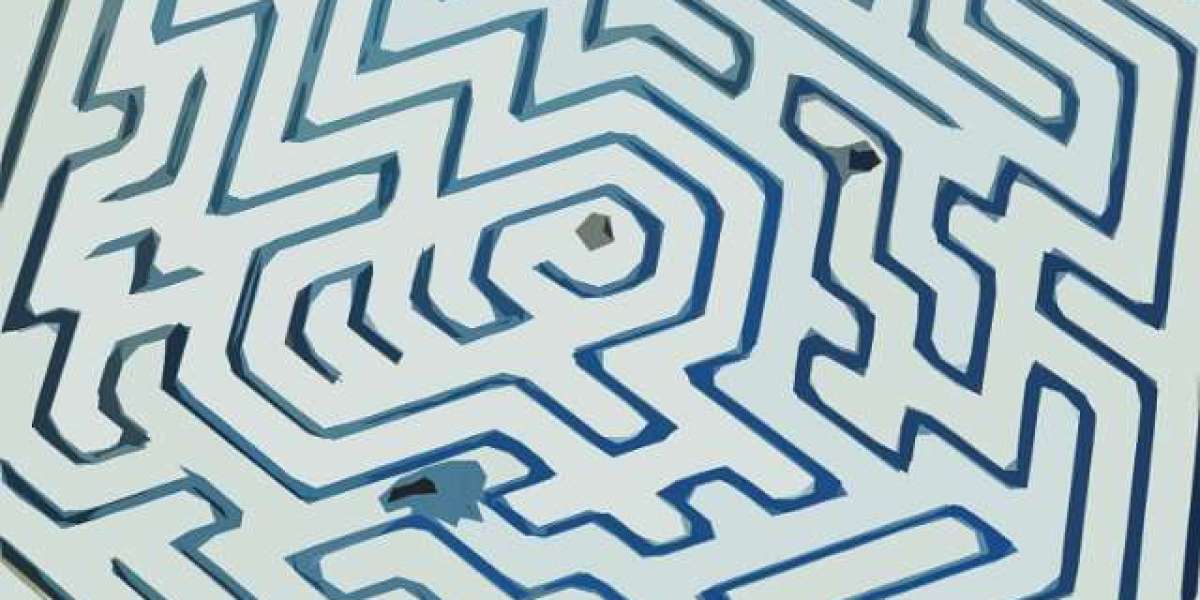A swimming pool is often the centerpiece of a home, providing relaxation, exercise, and entertainment. However, maintaining a pool is no small task. One of the most frustrating and potentially costly issues pool owners face is a leak. Even a small leak can lead to water wastage, structural damage, increased chemical use, and higher maintenance costs.
Many homeowners fail to notice early signs of leaks until they escalate into significant problems. Understanding the subtle indications of a swimming pool leak allows you to act promptly and prevent more serious damage. Engaging professional services, such as Swimming Pool Leak Repair in Singapore, ensures that leaks are accurately identified and effectively resolved.
1. Unexpected Water Level Drop
How to Monitor Pool Water Levels
One of the most obvious signs of a leak is a drop in water level. While evaporation naturally causes water loss, a noticeable and persistent drop can indicate a leak.
Expert Tips:
Measure the pool water level daily over a week to determine normal fluctuation
Consider environmental factors such as high temperatures or strong winds that may increase evaporation
If water loss exceeds 0.5 inches per day under normal conditions, a leak may be present
Persistent water level drops can lead to strain on pool pumps and filtration systems, increasing energy consumption and wear on equipment.
2. Visible Cracks or Damage in Pool Structure
Structural Vulnerabilities
Cracks in the pool shell, tiles, or surrounding decking can provide a direct path for water to escape. Structural damage may result from ground movement, temperature changes, or poor initial construction.
Insider Advice:
Inspect the pool perimeter, walls, and floor for hairline cracks or shifts
Pay attention to tile grout or plaster deterioration, which can indicate underlying leaks
Schedule professional assessment if structural damage is suspected
Early detection of structural issues allows for targeted repairs before leaks worsen and cause further damage to the pool’s foundation or surrounding landscape.
3. Unexplained Increase in Pool Utility Costs
Financial Indicators of a Leak
A sudden increase in water or electricity bills can indicate a hidden pool leak. Leaks often force pumps and filtration systems to work harder, consuming more energy and water.
Recommendations:
Monitor utility bills for unusual spikes compared to historical averages
Check if frequent refilling is required to maintain the proper water level
Engage a professional Swimming Pool Leak Repair in Singapore service to trace hidden leaks efficiently
Using financial indicators as a leak detection method helps homeowners identify issues that might not be immediately visible.
4. Algae Growth and Water Quality Issues
Connection Between Leaks and Water Chemistry
Leaks can disrupt the chemical balance of a pool, making it difficult to maintain proper chlorine, pH, and alkalinity levels. Water escaping from the pool may also lead to debris accumulation or promote algae growth in areas with damp conditions.
Best Practices:
Inspect the pool regularly for unexpected algae blooms or cloudy water
Monitor chemical levels and observe sudden fluctuations
Investigate areas of damp soil or puddling around the pool, which may indicate water leakage
Maintaining water quality is crucial for swimmer safety and the longevity of pool materials. Addressing leaks promptly helps sustain chemical balance and prevents recurring algae issues.
5. Wet Spots or Erosion Around Pool Area
Surface Signs of Underground or Hidden Leaks
Even if the pool structure appears intact, leaks can manifest outside the pool area. Wet patches, sinking soil, or erosion near the pool deck or landscaping can be indicators of underground leaks.
Insider Tips:
Observe areas around the pool for unusually damp soil or pooling water
Check for cracks or settlement in the surrounding paving or decking
Utilize professional leak detection tools like pressure testing or dye tests for precise identification
External signs are often overlooked, yet they are critical clues that can prevent long-term structural and landscaping damage if addressed promptly.
How to Respond if You Suspect a Leak
Step-by-Step Approach
Confirm the Leak: Use the bucket test to differentiate between evaporation and actual water loss.
Inspect Visibly: Check tiles, plaster, plumbing connections, and pool equipment for signs of moisture or damage.
Call Professionals: Engage a certified Swimming Pool Leak Repair in Singapore provider for advanced detection and repair.
Plan Preventive Maintenance: Regular inspections, water chemistry monitoring, and timely repairs prevent future leaks.
Professional services utilize advanced techniques such as electronic leak detection, pressure testing, and ultrasonic scanning to pinpoint leaks that may be invisible to the naked eye.
Conclusion
Identifying a swimming pool leak early is essential to protecting your investment, maintaining water quality, and avoiding costly repairs. The top signs include unexpected water level drops, visible structural damage, unexplained utility cost increases, algae growth, and wet spots around the pool area.
Timely intervention with a reputable Swimming Pool Leak Repair in Singapore service ensures accurate detection and effective repair. By acting promptly and following maintenance best practices, homeowners can preserve the structural integrity of their pool, maintain safe water conditions, and enjoy their backyard oasis without disruption.
Taking a proactive approach to pool care not only safeguards your property but also provides peace of mind and a consistently enjoyable swimming experience.








